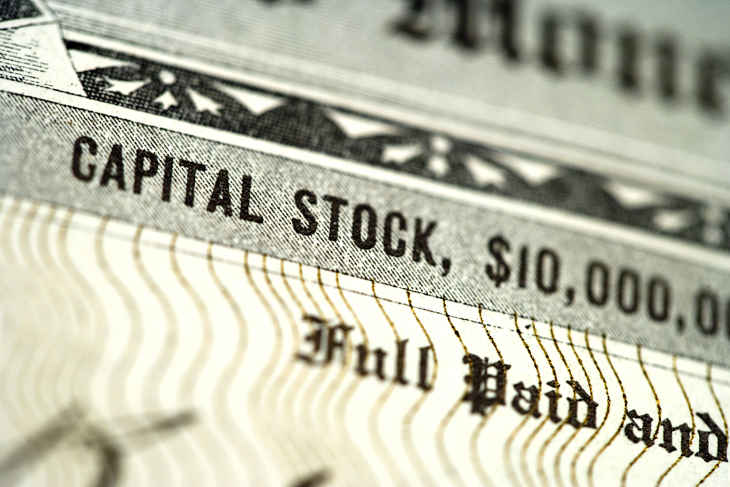Interestingly, junk bonds often display positive correlations to changes in interest rates.
“Both high yield indices demonstrated a positive correlation with rate changes, meaning that high yield bonds had positive returns when government bond yields rose. In contrast, investment-grade corporate bonds showed a negative correlation with interest rates. The positive correlation of high yield bonds was further corroborated by the negative correlation of credit spreads and interest rate changes, indicating that when government bond yields moved higher, credit spreads tightened,” notes S&P Dow Jones Indices.
Alternatively, investors may also consider inverse or short junk bond ETFs to hedge a dip in speculative-grade debt markets. The recently launched Direxion Daily High Yield Bear 2X Shares (NYSEArca: HYDD) tries to reflect the daily performance of -2x or -200% performance of the Barclays U.S. High Yield Very Liquid Index. Additionally, the ProShares Short High Yield ETF (NYSEArca: SJB) takes the inverse -1x or -100% daily performance of the Markit iBoxx $ Liquid High Yield Index.
For more information on the fixed-income market, visit our bond ETFs category.
